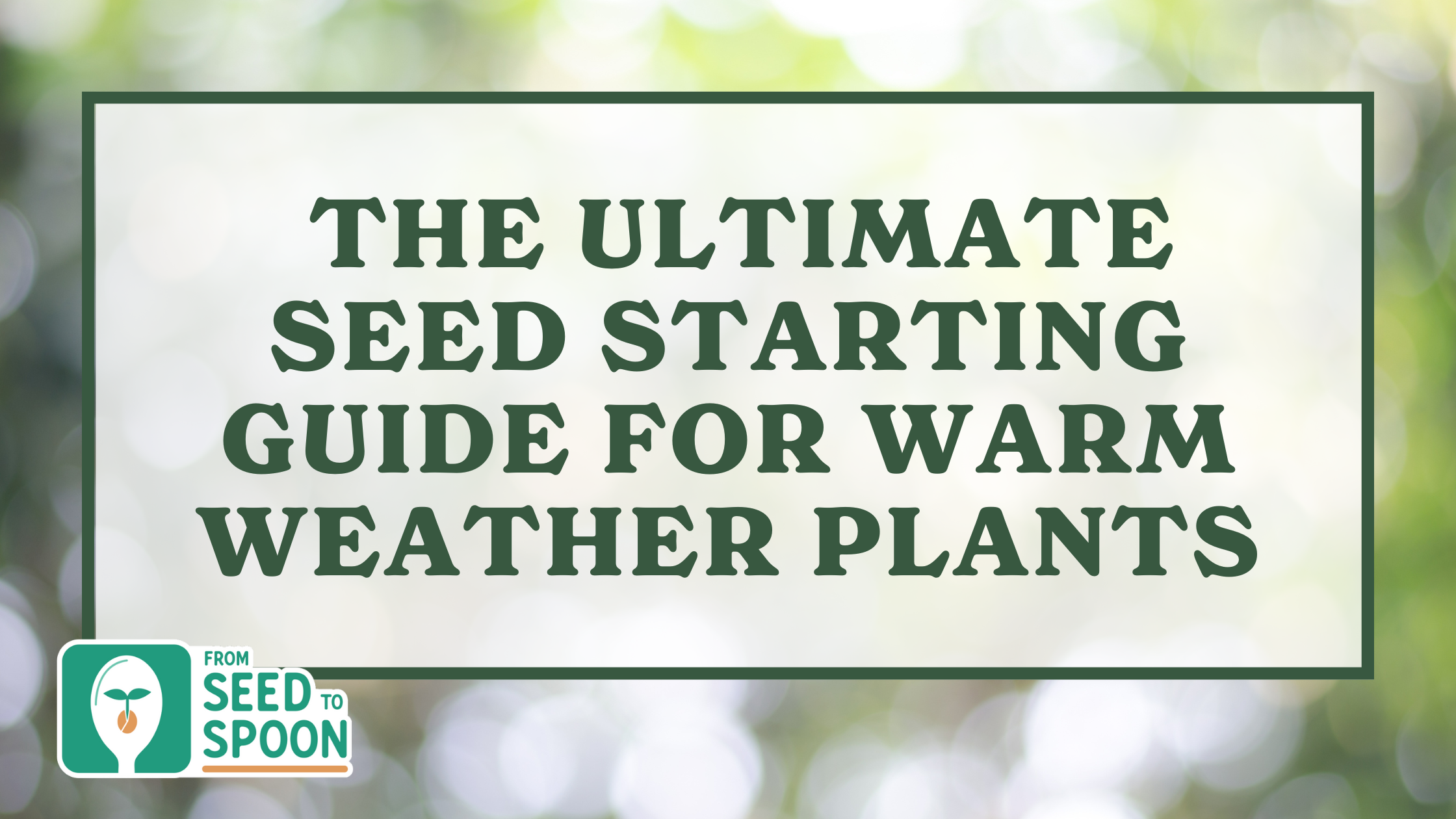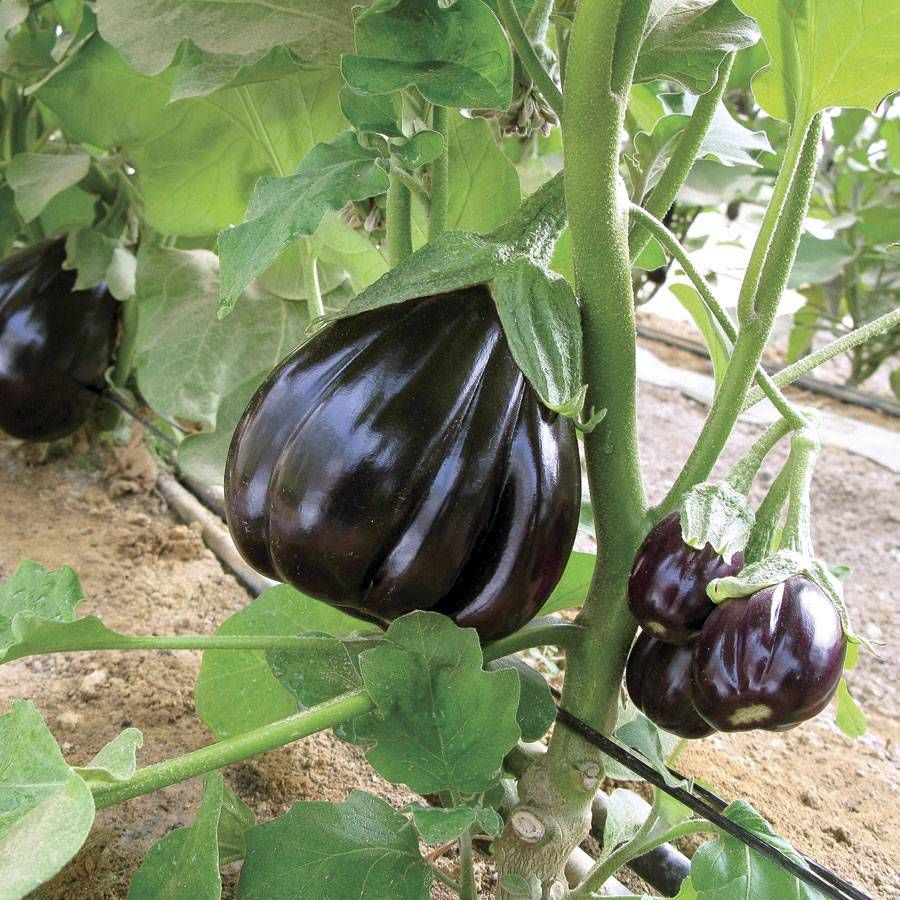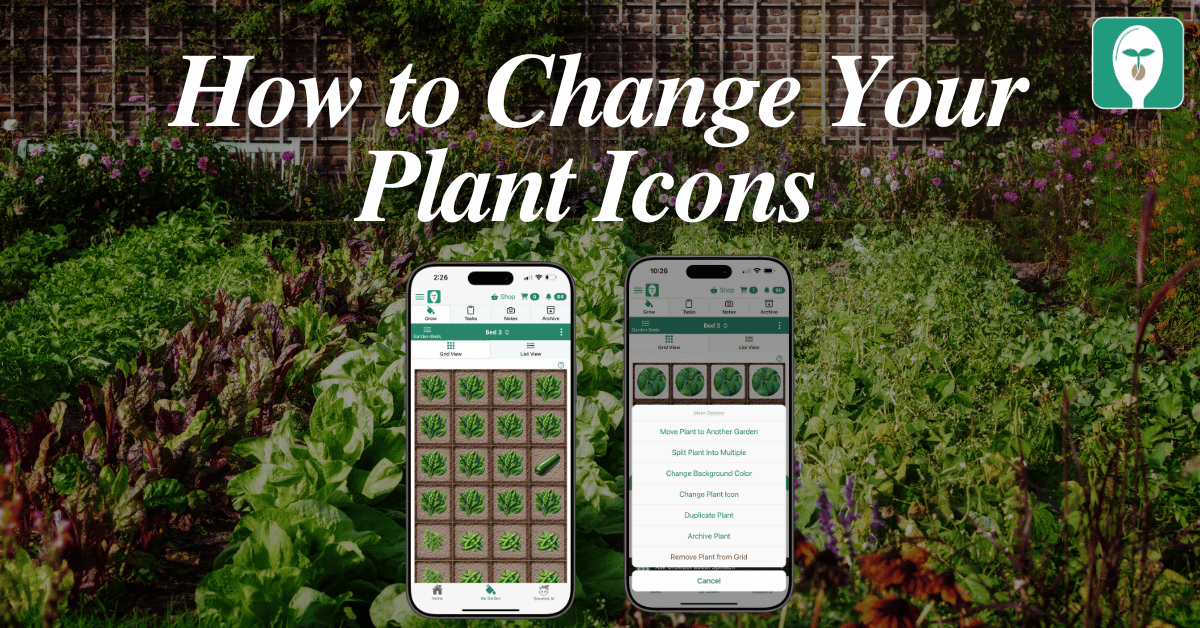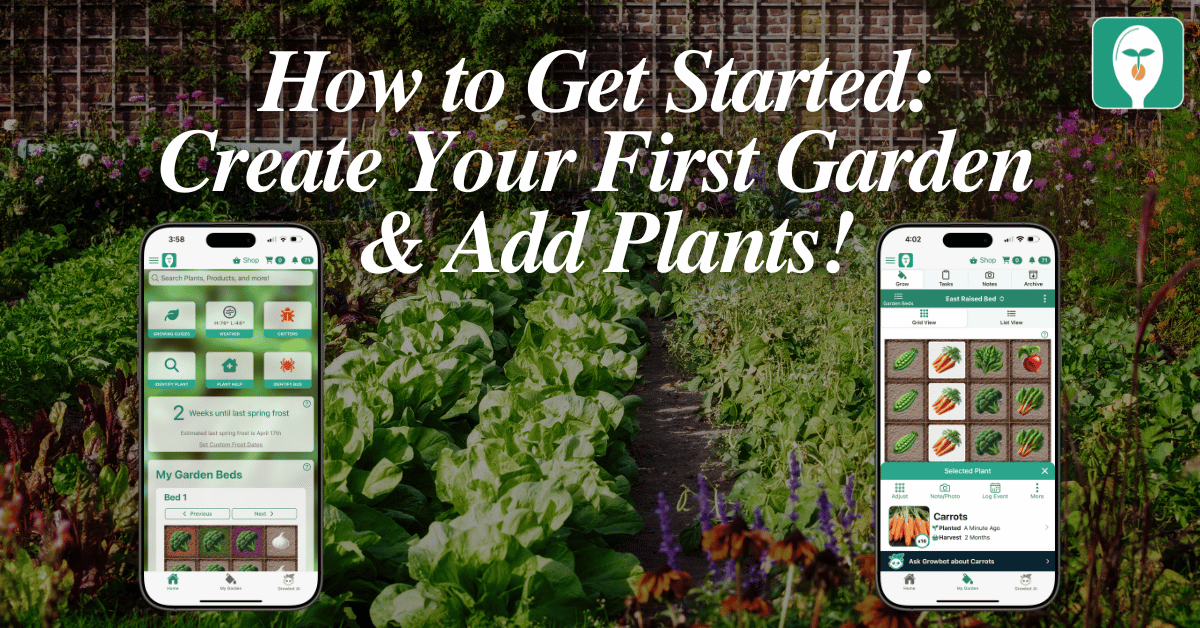As the warmer months approach, it’s time to shift your gardening focus to warm weather plants. These sun-loving varieties bring life and color to your garden, providing delicious produce and vibrant blooms throughout the hottest days. This guide offers detailed instructions for starting and nurturing a variety of warm-weather crops available from Park Seed, ensuring your garden remains lush and productive as temperatures rise.
Before planting, prepare your garden for the warm season ahead. Remove any leftover debris from previous crops and replenish the soil with compost or organic matter. For areas with intense sun, consider installing shading options to protect sensitive plants. Utilize vertical spaces with trellises or stakes to maximize your garden’s footprint and improve air circulation around your plants.
Warm Weather Crop Varieties and Care Instructions
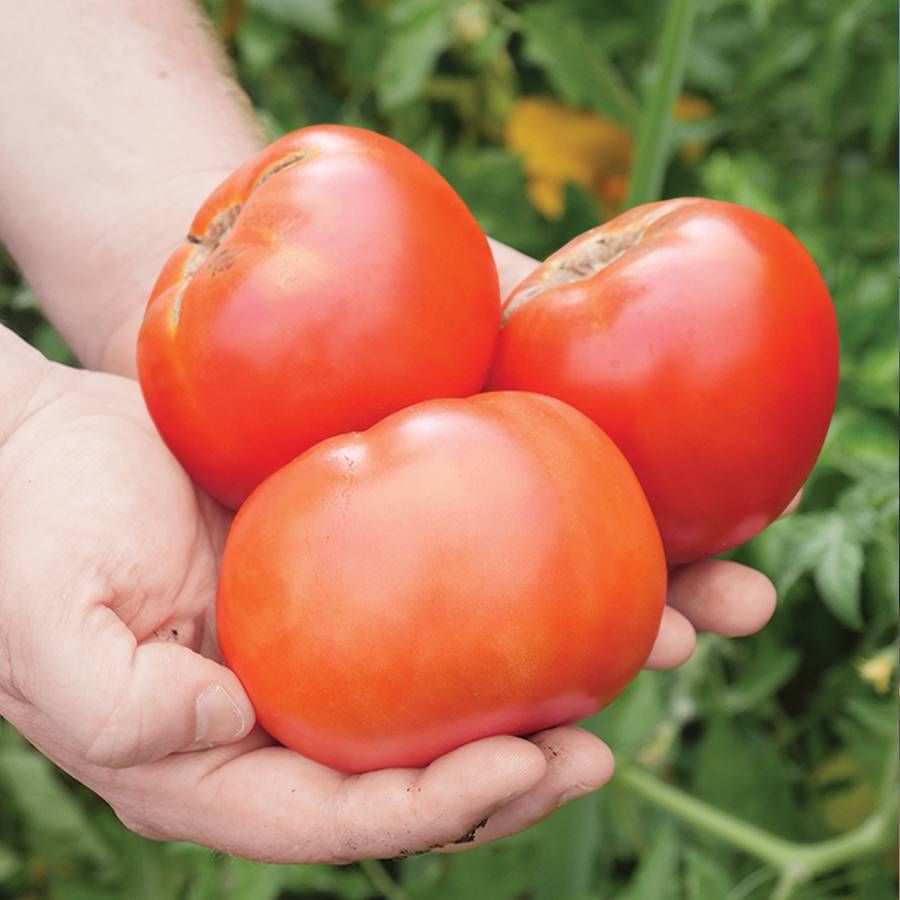
Tomatoes (Vine)
- Indoor Seed Starting: Begin 6-8 weeks before the last expected frost.
- Care: Provide support with stakes or cages. Water regularly, keeping leaves dry to prevent disease. Apply a balanced fertilizer every two weeks once fruit sets.
- Harvest: Pick tomatoes when they are fully colored and slightly soft to the touch.
Peppers: California Wonder
- Indoor Seed Starting: Start indoors 8-10 weeks before the last frost.
- Care: Transplant to sunny, well-drained spots. Keep soil consistently moist and mulch to retain moisture. Use a slow-release fertilizer at planting time.
- Harvest: Harvest peppers when they reach desired size and color, cutting them from the plant to avoid damage.
Cucumbers: Marketmore 76
- Indoor Seed Starting: Sow seeds indoors 4-6 weeks before the last frost date.
- Care: Provide a trellis for vines to climb. Water thoroughly, especially during fruiting. Mulch to keep roots cool.
- Harvest: Pick when cucumbers are medium-sized, firm, and green for best flavor.
Eggplants: Black Beauty
- Indoor Seed Starting: Start indoors 8-10 weeks before the last expected frost.
- Care: Plant in a sunny location with fertile, well-drained soil. Water deeply but infrequently. Feed with a phosphorus-rich fertilizer to encourage fruit development.
- Harvest: Harvest when skin is glossy and thumb pressure does not leave an imprint.
Squash: Summer Yellow Crookneck
- Indoor Seed Starting: Plant seeds indoors 4-6 weeks before the last frost date.
- Care: Grow in full sun and well-drained soil. Water regularly, avoiding wetting the leaves. Mulch to prevent weeds and keep soil moist.
- Harvest: Cut squash from the vine when young and tender for the best flavor.
Beans (Pole)
- Direct Sowing: Plant directly in the garden after the last frost when the soil has warmed.
- Care: Provide a sturdy trellis or support for vines to climb. Water at the base of the plant to avoid wetting foliage.
- Harvest: Pick beans when they are young and tender, before the seeds fully develop.
Melons
- Indoor Seed Starting: Start seeds indoors 4-6 weeks before transplanting after the last frost.
- Care: Plant in a sunny, well-drained area. Water deeply but allow soil to dry between waterings. Use a trellis for vine varieties to save space.
- Harvest: Harvest watermelons when the underside turns yellow and the fruit sounds hollow when tapped.
Herbs
- Indoor Seed Starting: Begin 6-8 weeks before the last frost date.
- Care: Plant in well-drained soil with plenty of sunlight. Water evenly and pinch off flowering tops to encourage bushier growth.
- Harvest: Pick leaves in the morning when the essential oils are strongest for the best flavor.
By starting these warm-weather crops from Park Seed, you can enjoy a vibrant and productive garden throughout the summer. Remember to monitor the weather and provide extra water during hot spells to keep your plants healthy and thriving. With a little care and attention, your garden will be a bountiful oasis of fresh vegetables and herbs all season long.

Carrie Spoonemore, co-founder of “From Seed to Spoon,” stands as a beacon of inspiration for gardeners and health enthusiasts alike. Her journey alongside her husband, Dale Spoonemore, in creating a platform that demystifies gardening and promotes a healthier lifestyle, has made a significant impact on individuals around the globe. Through the “From Seed to Spoon” app, Carrie has dedicated herself to empowering people to take control of their health and environment by growing their own food.
With a profound belief in the power of gardening to improve mental and physical health, Carrie’s contributions to the Seed to Spoon blog reflect her holistic approach to wellness. Her articles often focus on the nutritional benefits of homegrown fruits and vegetables, organic gardening practices, and the mental health benefits of spending time in nature. Carrie’s expertise in health science shines through in her detailed discussions on how specific plants can contribute to a balanced diet and overall well-being.
Carrie’s passion for gardening is deeply intertwined with her commitment to family and community wellness. She frequently shares personal stories of how gardening has brought her family closer together, offering practical tips for involving children in gardening activities and making it a fun, educational experience. Her writing encourages families to explore gardening as a means of spending quality time together while learning about nature and sustainability.
In addition to gardening advice, Carrie’s contributions to the blog include insights into the use of technology to enhance the gardening experience. She has played a crucial role in designing the “From Seed to Spoon” app to be user-friendly, ensuring that users of all ages and backgrounds can navigate the complexities of gardening with ease. Her vision for the app is not just as a gardening tool but as a vehicle for change, inspiring individuals to adopt a more sustainable lifestyle by growing their own food.
Carrie Spoonemore’s presence on the blog is marked by her compassionate approach to teaching and her unwavering belief in the transformative power of gardening. Her work continues to inspire a community of gardeners to pursue a healthier, more sustainable way of living, proving that with the right tools and knowledge, anyone can become a gardener and advocate for their health and the planet.

